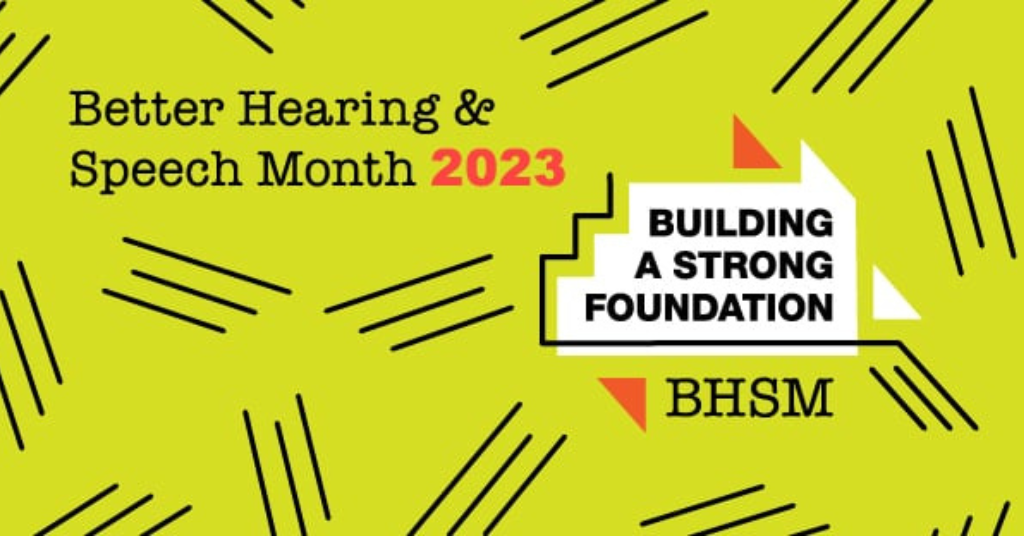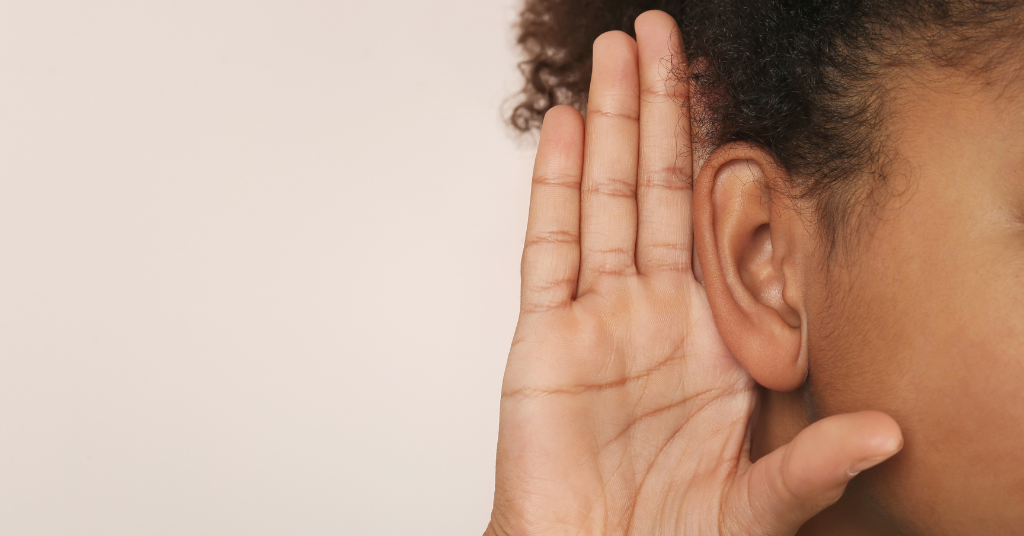
Meet Luke Christian, deaf lifestyle blogger in the UK
October 19, 2017
Solutions for single-sided hearing loss
October 20, 2017What is single-sided hearing?

When you enter the world of hearing loss, it feel as though you are expected to learn a new language. There is so much jargon to get used to: ‘unilateral’, ‘sensorineural’, ‘conductive’, ‘profound’, ‘CROS’… the list goes on.
When I first started experiencing hearing loss, I became aware of a new language. It was one I did not understand. Who knew that hearing loss came with a language of its own? I had to look up so many terms to understand what the doctors were talking about: I needed a glossary. Here is a list of the terms defined and three solutions to single-sided hearing.
A Glossary of Terms
Unilateral hearing loss – Hearing loss in one ear.
Profound hearing loss – Profound means the person cannot hear anything at all; they are unable to detect sound, even at the highest volume possible.
Profound unilateral hearing loss – No hearing in one ear, (but some degree of hearing in the other). Otherwise known as ‘single-sided hearing’.
SSD – Single-sided deafness.
Sensorineural hearing loss – The term sensorineural hearing loss describes two different problems: sensory loss involving the inner ear and neural loss involving the hearing nerve.
Congenital hearing loss – This means ‘present at birth’.
Acquired hearing loss – This refers to hearing loss which occurs after birth.
Solutions for single-sided hearing
Some people with hearing loss in one ear and good hearing in the other, may choose to manage without the use of a hearing aid. But, if your hearing in your ‘good’ ear is less than perfect, there is even more reason to start exploring options. Check out our pamphlet: Single-sided hearing and you.
If you have no hearing at all in one ear but some hearing in the other, there are three solutions to explore:
- CROS
- Bone-anchored hearing aid
- Cochlear implant
1. CROS
CROS enables your good ear hear for both your ears. CROS stands for ‘Contralateral Routing of Signal’ and consists of two parts:
- The CROS, which has microphones to pick up sounds and voices, which it then wirelessly transmits to a hearing aid being used by the ‘good’ ear.
- The hearing aid, which receives the signal from the CROS and plays it to your ‘good’ ear.
If your ‘good ear’ also requires sounds to be amplified, the hearing aid can perform both as a hearing aid for that ear, and as a receiver for the CROS. (That dual function used to be referred to as a ‘Bi-CROS system’ but that terminology has now all but disappeared.)
Currently on the market are two types of CROS: CROS II and CROS B.
CROS II
CROS II works with hearing aids on the Venture platform. The Venture platform was launched in 2014 and introduced much greater processing power than its predecessor; longer battery life; and a new operating system, AutoSense OS and Stereo Zoom. CROS II is compatible with the ComPilot II and the Roger pen.
CROS compatible aids in the Venture range include:
- Audéo V – Behind the ear aids with Receiver-in-Canal, available in two sizes.
- Phonak Virto V – There are two custom models that are worn in the ear canal.
Introduction to CROS II:
Here’s how CROS II works:
Demonstration of Stereo Zoom:
CROS B
CROS B works with hearing aids on the Belong platform. The Belong platform features an updated AutoSense program and aids with lithium-ion rechargeable batteries.
- Audéo B – Receiver-in-Canal (RIC) product.
- Audéo B-R (Rechargeable) – Receiver-in-Canal (RIC) product.
- Virto B – Custom fit in-the-ear aids, available in six models.
Introduction to Rechargeable hearing aids
Please note:
The Audéo B Direct (which uses Bluetooth to connect directly to the mobile phone) is not compatible with CROS B.
2. Bone-anchored hearing aid (BAHA)
A bone-anchored hearing aid works by an implant transmitting sound through bone to the inner ear, by conduction. (Bone conduction is how we hear our own voices.)
As the name suggests, the fitting of a ‘bone-anchored’ hearing aid requires surgery. In the procedure, an implant fitted. The implant and the (external) hearing aid may be connected magnetically or via a connector through the skin.
The hearing aid can be removed for showering and sleeping.
3. Cochlear implant
A cochlear implant works via a combination of parts. A behind-the-ear sound processor (which looks similar to a large behind-the-ear hearing aid) and an antenna, which is attached by a lead to the processor and also attached magnetically to the implant (which is under the skin). Together, the processor and antenna send the sound to the implant – a small electronic receiver (which has been implanted in the temporal bone underneath the skin during a surgical procedure) and an electrode array placed in the cochlea.
The implant works by converting the sound waves (from the processor) into electrical impulses which then stimulating the hearing nerve enabling the brain to receive the sound.
For more information on cochlear implants, please visit: www.advancedbionics.com



